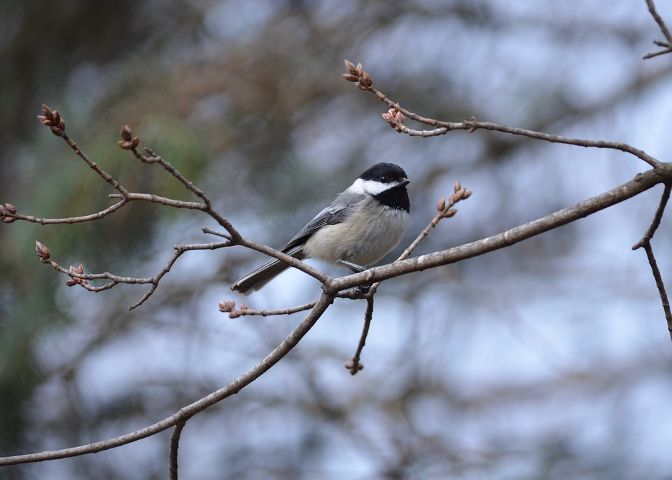Fear of predators may change prey's brain structures
Prey-predator relations. PTSD-like brain changes aspect. Fear of predators may change prey's brain structures

Fear of predators, as the primal one, is a natural reaction of preyed animals in wildlife. Fear response is an important functionality which forces strategies being used in the survival aspect - all of them part of the detailed 5F rule
– Flight
– Freeze (motionlessness of an alert animal, or tonic immobility - a state of paralysis)
– Faint (playing dead)
– Fiddle about (negotiations, submission, calming signals - typical behavior of social animals)
– Fight
where escape option (prioritised by preyed animals and wild animals in human presence) and optional attack (avoided if possible) - "Flight or Fight" mechanism driven by fear - are placed on clearly opposite sites.
Flight distance is evolutionary related to prey-predator based ecosystems. Chased prey aims for overtaking its own scent, intending to escape a predator (vide canine prey drive finished by killing to eat a hunted food resource) and to prevent reiterated action (vide canine prey drive started by tracking to stalk a hunted food resource). In the behavioral ecology range, it is also related to such complex aspects like natural population management and trophy cascade discussion. Fear of predators triggers naturally prey-typical behavior - grazing animals stay emotionally vigilant, reacting instinctively to every change nearby within the inhabited area.
Study by University of Western Ontario, via Scientific Reports, argues that PTSD-like changes in brains of wild animals may be caused by their natural fear of predators. Constant traces left in the neural circuitry in pair with constantly induced fearful behavior seem to be comparable to Post-Traumatic Stress Disorder - a result of trauma after extremely emotional - and/or frequently iterated - experience a priori being a stressor which is a threat to life or exposure to danger - at the critical point triggered by fear or just an impendency.
- It suggests that traumatic stress, as an enduring behavioral influence, can be considered as animal PTSD model in the context of survival in wildlife
Study was based on wild-caught, black-capped chickadees at Western's Advanced Facility for Avian Research (AFAR), exposed to predatory and non-predatory birds' vocalisation (audio playbacks), for 2-days period of time; then housed together and not exposed, for 7-days period (research analysis requirement).
- It implicates PTSD as a natural response for an emotional trauma
In nature, fear is strictly connected to hazard avoidance as avoidance anticipation (vigilance) and emotional inhibition (toward reactivity); associated with amygdala as the limbic system primal structure and noradrenalina/adrenalina as fundamental neurotransmitters responsible for every immediate reaction (short route emotional stimulus -> amygdala) finalised by relief (dopamine level increased back). Long-term stress (vide trauma) initiates the learning process (memorising) involving other limbic structures, like hippocampus in charge of consolidation short-term memory to long-term one and cortisol so-called 'stress hormone' (long route emotional stimulus -> sensory cortex -> amygdala).
"Our findings support both the notion that PTSD is not unnatural, and that long-lasting effects of predator-induced fear with likely effects on fecundity and survival, are the norm in nature" - Liana Zanette explains, one of the research leaders.
Fear can be measured in the brain and fearful life-threatening events can
leave quantifiable long-lasting traces in the neural circuitry of the brain with
enduring effects on behaviour, as shown most clearly in post-traumatic stress
disorder (PTSD).
citations after:
Predator-induced fear causes PTSD-like changes in the brains and behaviour of wild animals (2019); research by collective work
Fear of predators causes PTSD-like changes in brains of wild animals; Science Daily (August 12th, 2019)
